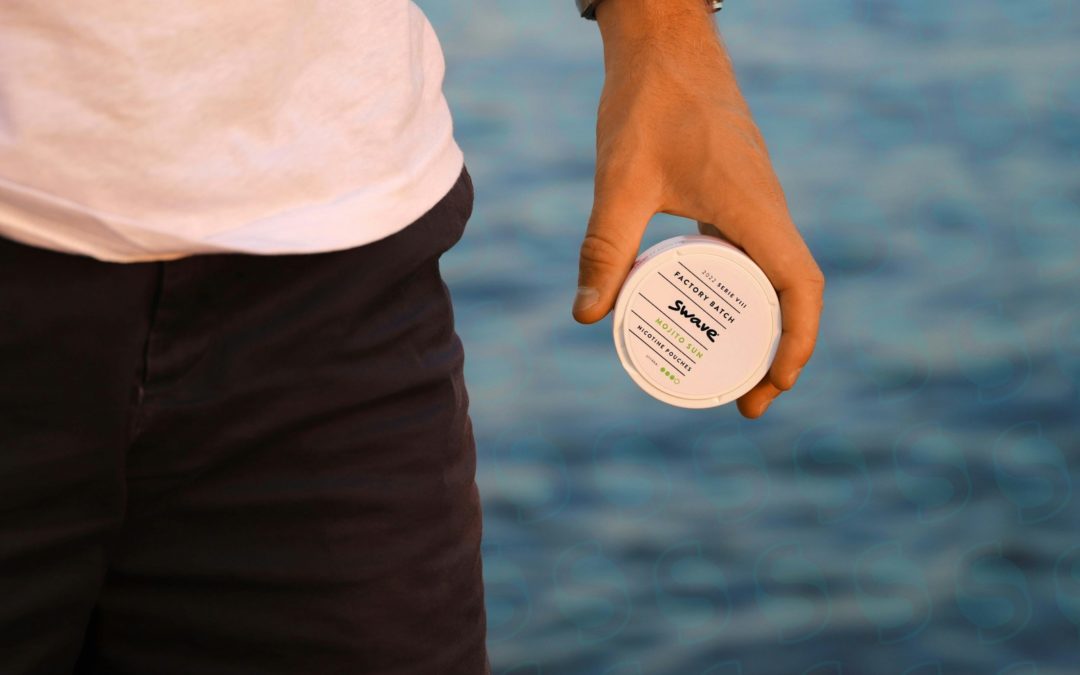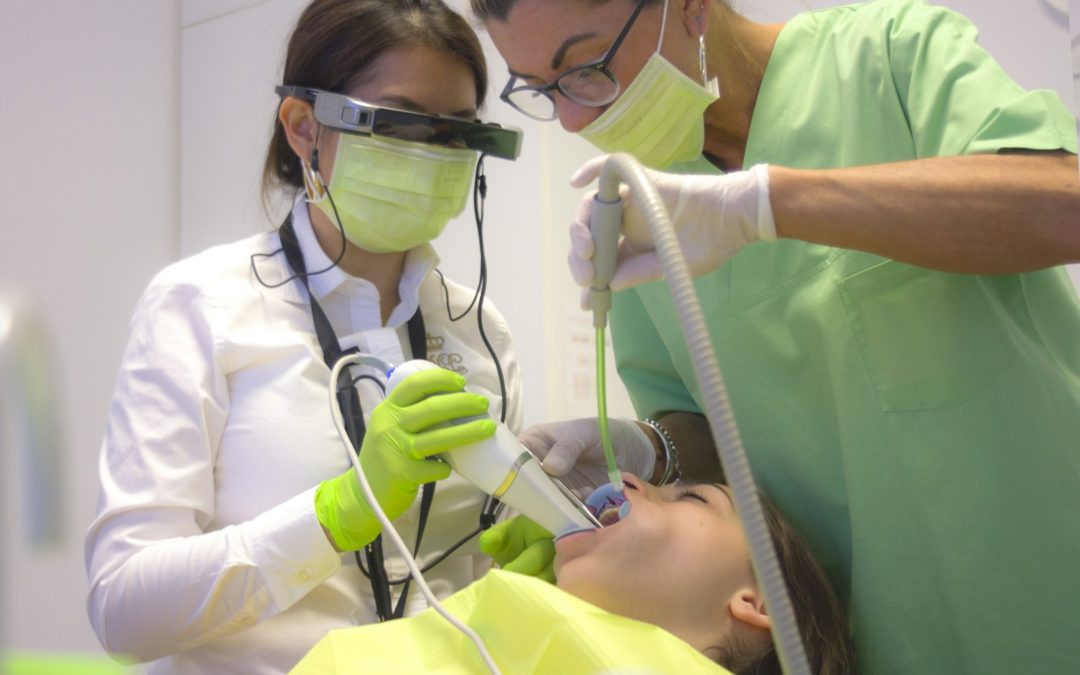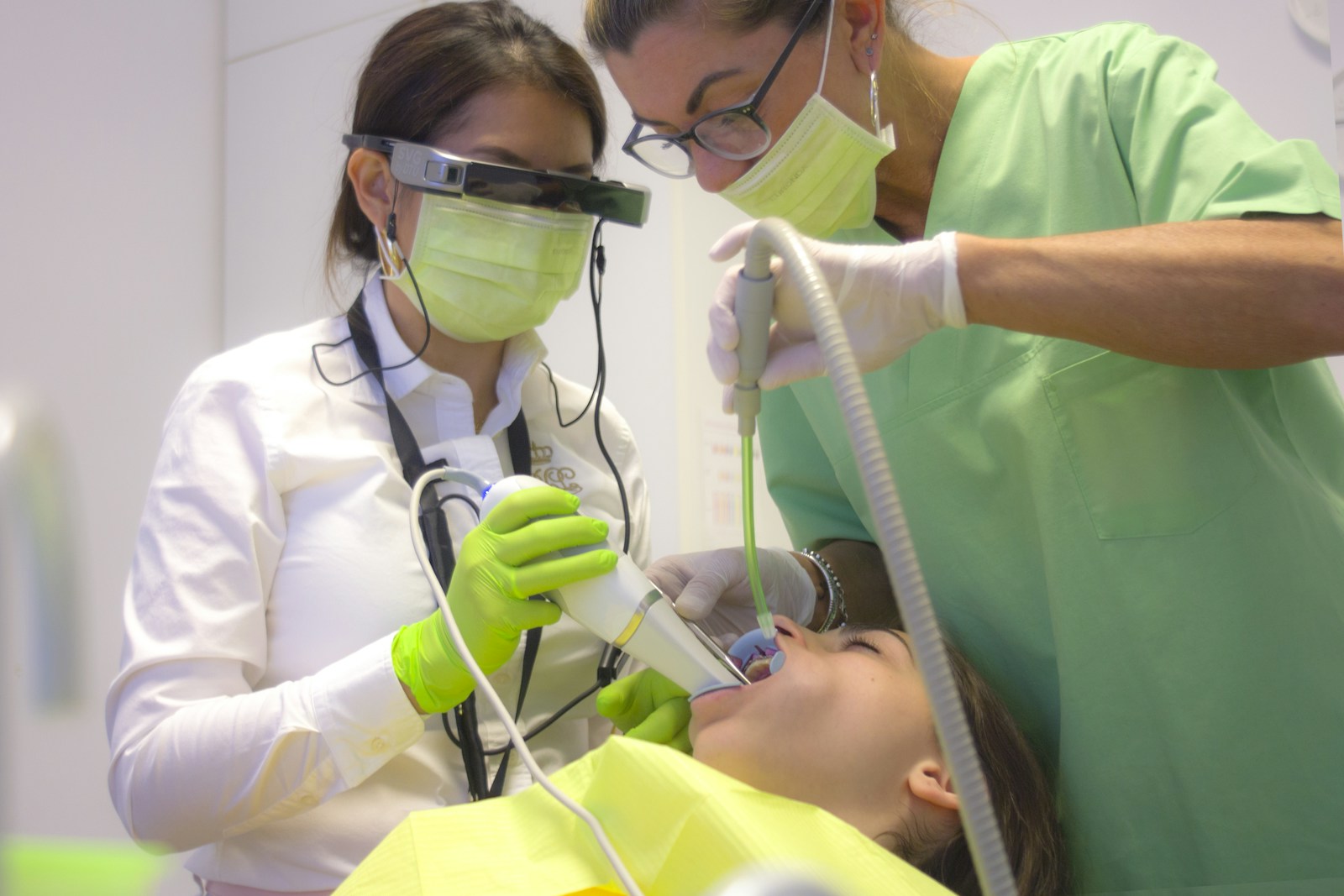
Emergencies and Disasters Working Group

Public Health in Emergencies and Disasters Working Group Chair Interview: Dr. Duha Shellah
News
Apr 15, 2025
From conflicts to climate change, the need for resilient health systems and equitable access to care has never been more urgent. Dr. Duha Shellah, the newly appointed Chair of the World Federation of Public Health Associations (WFPHA) Public Health in Emergencies and Disasters Working Group, is at the forefront of this global challenge. A Palestinian physician, scientist, and youth activist, Dr. Shellah brings a wealth of experience, passion, and vision to her role.
In a recent interview with WFPHA, she shared her journey, motivations, and plans for the working group’s future. Here’s a glimpse into her inspiring story and the impactful work she aims to lead.
Introduce yourself.
Duha Shellah: I’m Dr. Duha Shellah, a Palestinian physician, scientist, medical journalist, and youth activist. I’m deeply committed to advancing research, global health, and youth leadership. I’m the founder and chairwoman of The Researchist Organization, which promotes a research culture and supports early-career researchers and scientists in Palestine and the region. I also serve as the Vice Chair of the WHO Youth Council in the Eastern Mediterranean Region, leading the Youth in Emergencies Working Group. Additionally, I’m the Research Lead and EMR Delegate at the Young Council of the World Federation of Public Health Associations and chair of Women in Global Health’s Palestine chapter.
I also coordinate the Medical and Health Sciences Division at the Palestine Academy for Science and Technology. I currently work at Juzoor for Health and Social Development, a prominent public health institution in Palestine focusing on social determinants of health. Internationally, I was recognized as one of the 41 Emerging Voices for Global Health in 2024 and was honored to be named among the 21 Outstanding Young Physicians Under 40 at the Inter Academy Partnership Young Physician Leaders Program in 2022.
As the Chair of the Public Health in Emergencies and Disasters Working Group under WFPHA, I aim to build on the significant contributions of my predecessors, Dr. Chadia Wannous and Prof. Colette Cunningham. I focus on enhancing emergency preparedness, promoting health equity, and strengthening responses to crises, particularly in conflict-affected regions. This vision aligns with WFPHA’s mission to protect people and the planet, prevent diseases, and promote health, peace, and well-being.
What motivated you to pursue a career in the public health sector?
Duha Shellah: My motivation to pursue a career in public health arose from witnessing the devastating impact of occupation and conflict on public health. In Palestine, my home country, severe health disparities—compounded by environmental crises and limited access to healthcare—underscore the urgent need for a resilient health system. This experience galvanized my commitment to public health to address these interconnected challenges. I aim to tackle what WFPHA calls a “syndemic” by focusing on emergency preparedness and long-term health equity. I hope to contribute to a future where health systems can withstand crises while ensuring fair access to care for all.
How long have you been associated with the WFPHA?
Duha Shellah: I’ve been actively involved with WFPHA since May 2023, initially through the Young WFPHA, where I serve as the EMR Delegate and Research Lead. I also represent Young WFPHA at the 1st Regional Youth Council of WHO as the Vice Chair of the WHO EMRO Youth Council. Being associated with Young WFPHA since 2023 has allowed me to collaborate on research initiatives and advocacy efforts as a young professional. We’ve worked on projects focusing on emergency preparedness, health equity, and conflict-affected regions. This experience provided a solid foundation for my current role as Chair of the Public Health in Emergencies and Disasters Working Group.
What’s your vision for the working group?
Duha Shellah: My vision for the working group focuses on developing comprehensive training modules on emergency preparedness and response. We will organize webinars and workshops to disseminate best practices, exchange experiences, and build capacity among public health professionals globally. We also plan to publish policy briefs and research to support evidence-based decision-making.
I aim to expand these efforts by fostering stronger partnerships with key stakeholders such as WHO, IFRC, and UNICEF. We will prioritize integrating public health into national, regional, and international disaster management plans, mainly focusing on conflict zones. The vision is to enhance the resilience of health systems globally, aligning with WFPHA’s mission to protect people and the planet while promoting peace and well-being.
How do the working group’s activities align with the support and implementation of the WFPHA strategic plan?
Duha Shellah: The planned activities for the working group directly support WFPHA’s strategic goals. For Goal 1, advocating for peace and sustainable health equity, the working group will advocate for policies that ensure equitable healthcare access during emergencies. For Goal 2, promoting system change and decolonizing public health, we’ll emphasize locally driven solutions and inclusive policies to address structural inequalities. For Goal 3, strengthening global health governance, collaborations with international organizations will promote a more democratic and resilient global health governance system. For Goal 4, advancing public health knowledge and practice, the working group will contribute to advancing public health practice and education globally through research and capacity building.
In what ways is being part of the WFPHA going to help advance the activities of the Working Group?
Duha Shellah: WFPHA’s extensive network has been invaluable in amplifying our advocacy efforts and expanding our reach. By collaborating with organizations like WFPHA, other UN agencies, and regional public health associations, we will disseminate best practices, exchange experiences more broadly, and influence policy at national and international levels. This network will also facilitate access to resources and expertise, significantly enhancing our training, research initiatives, and peace collaborations. These efforts align with the WFPHA’s mission to promote peace, health, and well-being.
How will the Working Group contribute to the development of emergency preparedness plans at an international level?
Duha Shellah: We’re committed to developing and disseminating policy briefs that advocate integrating public health into national and international disaster management frameworks. We will research the impact of conflicts and climate crises on public health to inform evidence-based emergency preparedness strategies. Additionally, we will engage with key international stakeholders to standardize emergency response protocols. Our approach emphasizes addressing the root causes of health disparities, including conflict and environmental degradation, in line with the WFPHA’s mission.
Any last comments?
Duha Shellah: Emergencies and disasters magnify inequities, leaving the most vulnerable to bear the heaviest burdens. True resilience is not just about response—it’s about justice, dignity, and ensuring that every community has equitable access to health and protection regardless of their circumstances. As a Palestinian physician and activist in this role as Chair of the Public Health in Emergencies and Disasters Working Group, I am committed to championing a people-centered approach that prioritizes the unheard, safeguards frontline workers, and builds sustainable health systems rooted in equity. Thank you.
Conclusion: A Leader for a Healthier, More Equitable Future
Dr. Duha Shellah’s journey and vision are a testament to the power of resilience, leadership, and unwavering commitment to equity. Her work with the WFPHA Public Health in Emergencies and Disasters Working Group promises to bring transformative change, particularly for communities in conflict zones and those most vulnerable to crises. By prioritizing preparedness, equity, and collaboration, Dr. Shellah is paving the way for a future where health systems are resilient but also just and inclusive. Her leadership reminds us that hope and action can create a healthier, more equitable world for all in the face of adversity.








Recent Comments